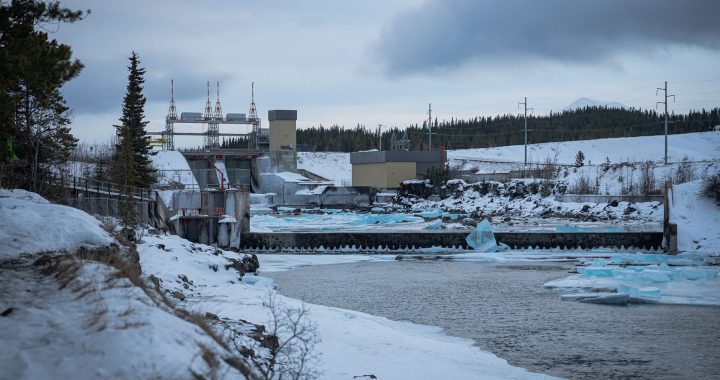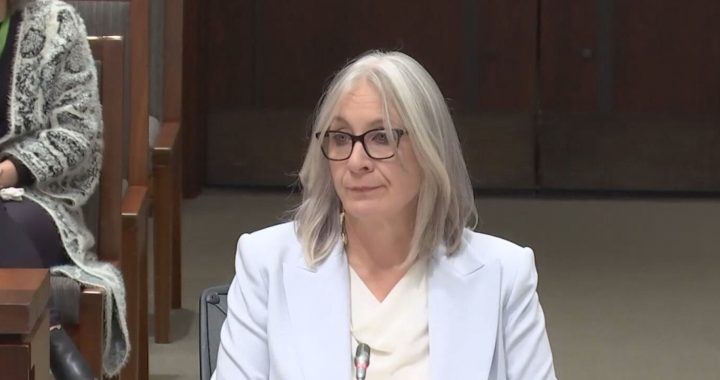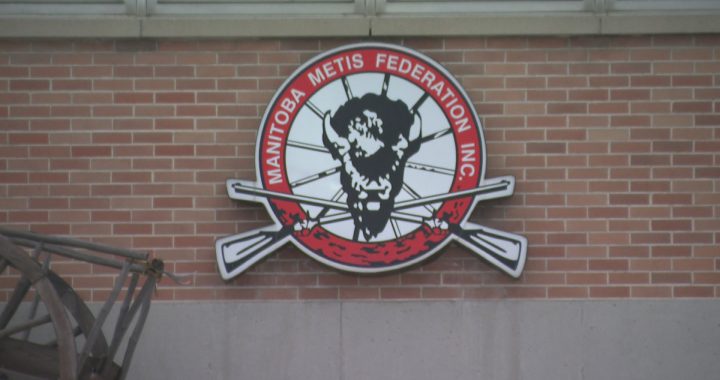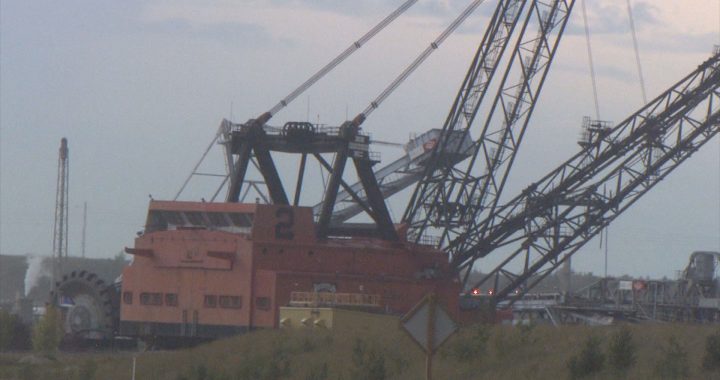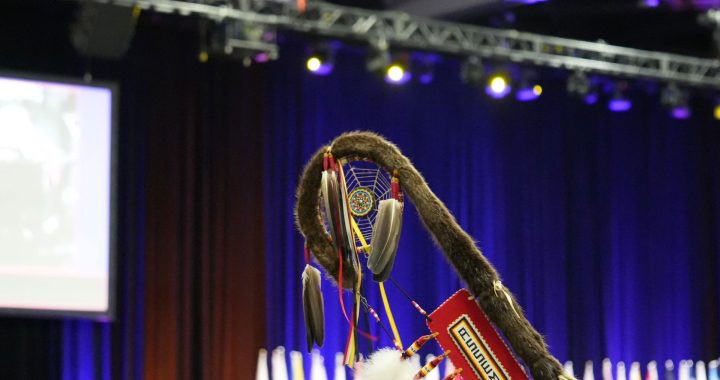Cara McKenna
APTN National News
ANGLE INLET – Members in an isolated Ontario First Nation are asking questions about whether contaminated water could be causing everything from a recent emergency room trip to what they say is unusually high rates of bowel and stomach cancer.
The chief of Northwest Angle 33B First Nation declared a state of emergency in mid-February after radioactive particles were found in one of two portable water treatment plants connected to the Lake of the Woods inlet.
The nation is also the subject of a Health Canada funded study looking at whether environmental chemicals from decades of forestry work could be contributing to a perceived high number of cancer diagnoses and deaths.
Members say about a quarter of the 20 people who live full-time in the community have been diagnosed with cancer in recent years, plus numerous previous deaths, and it’s unclear what’s causing the disease’s prevalence.
The community has been under a longstanding boil water advisory, and full- and part-time residents from about a dozen homes on the reserve’s west side are now being ordered by Health Canada not to consume their water at all.
Most people living on the reserve already don’t have filtered water, and bottled water shipments being sent to the community are now expected to triple.
Residents are stockpiling bottled water before their only connection to the outside world, an ice road, begins to melt this spring. May people say they will continue to drink the lake water out of both habit and necessity.
One of the affected residents, who did not wish to be identified, told APTN he has stopped cooking with his tap water because he has worries about the affects the radiation might have on his health later in life.
Chief Darlene Comegan said another one of the families connected to the treatment plant has a newborn baby who now must be bathed in bottled water.
She said her nation is the only one in the area to have a ‘do not consume’ advisory issued.
“It’s not just that water treatment plant, it’s the whole community,” she said.
“[There’s] also one house where the two residents are just getting really sick, and I just found out that water is contaminated also, and those aren’t even connected to those portable water treatment plants, they’re individual homes,” she said. “When I spoke to Health Canada, they said that they weren’t obligated to test that water. That was kind of news to me.”
Comegan said the nation is now looking at hiring an independent scientist to look into the issue, because the $200,000 in federal government funding for a cancer study won’t be enough to get to the root of the problem.
Colleen Sandy, who lives on the reserve, said people aren’t getting informed about how safe the water really is, and it has resulted in people being afraid to even wash their hands.
“I don’t know what to believe,” she said. “Is our water really safe, or is it not? That’s the question that’s on everybody’s mind in this community now.”
Sandy, a former commercial fisher, said she is starting to consider possible warning signs such as strange wart-like spots she have others have seen on fish from the inlet.
She said she “didn’t worry about it at the time because I didn’t know fish were supposed to not look like that.”
Lance Sandy Sr. said the UV filtration system serving several homes broke last year, and one of his neighbours, his sister’s daughter, was recently sent to the emergency room with a bad skin reaction after taking a bath.
Sandy Sr. also recently had hand surgery and left the community while it healed for fear of infection. He previously had to get a foot of his colon removed because polyps, which can turn into cancer, were detected.
Sandy Sr. has been doing is own research on the water for about two decades, and believes there is a connection between thousands of black spruce logs that were been piled into the shallow, flooded inlet by the forestry industry over several decades.
He believes that the cancer-causing agent methyl mercury has leached in their water, and was a contributing factor to the cancer diagnoses of his two uncles, father, grandmother, brother and sister.
“I believe strongly that it could have been prevented,” Sandy Sr. said.
“I had thought that (leadership) could have potentially filed a class action lawsuit against the government and that pulp and paper company. But now they’re working with them, with the cancer study. I think that might have compromised any possibility of litigation.”
His brother Frank Sandy Jr., was one of those diagnosed with bowel and stomach cancer and drinks the lake water, but he doesn’t believe that’s what caused his disease.
“I’m pretty sure there’s nothing wrong with the water,” he said.
“They’re scaring a lot of people … I’ve been drinking it all the time. The cancer I got, a tree hit me in there and I didn’t go see a doctor.”
She is asking the federal and provincial governments to take more action to relieve their water crisis outside of the temporary fix of funding bottled water deliveries.
Comegan said she is taking their concerns to the top, including to Assembly of First Nations National Chief Perry Bellegarde and to Prime Minister Justin Trudeau.
“This should not be taken lightly,” she said.




